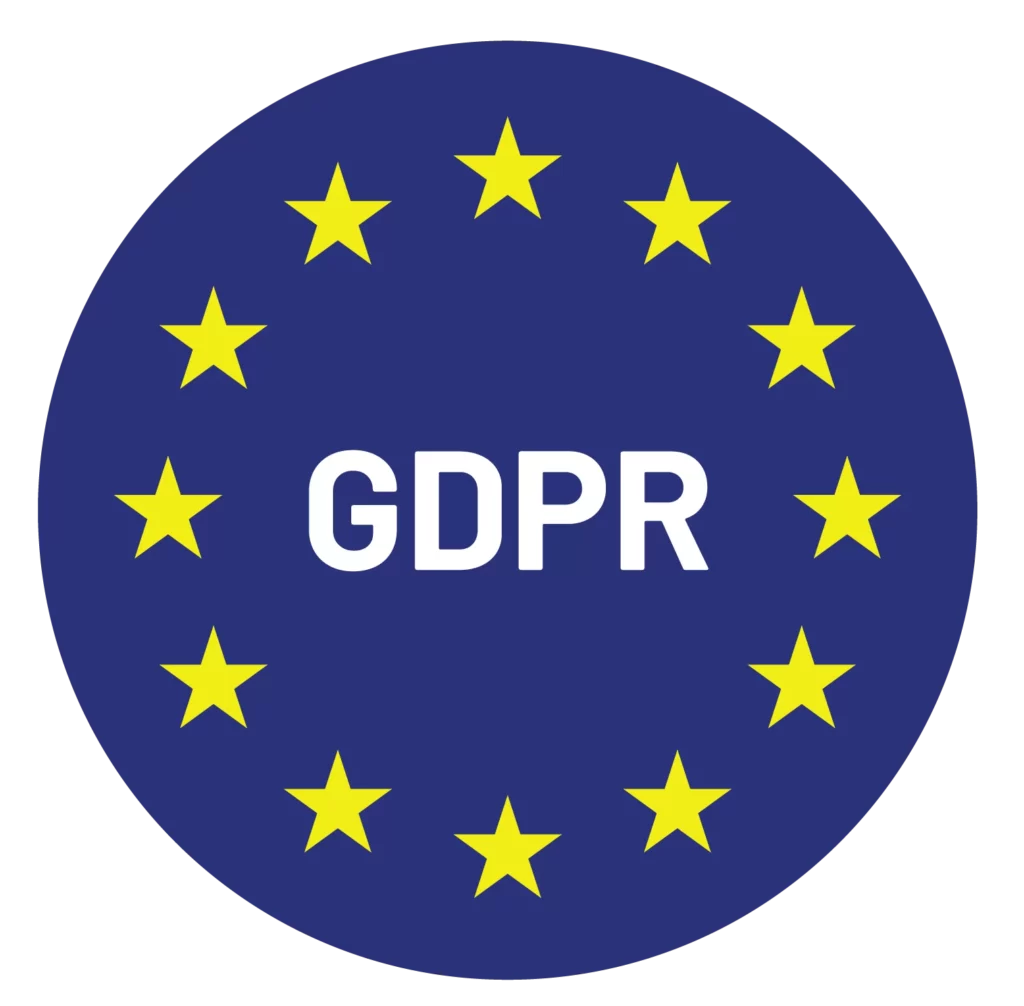In a world where coaching is now done digitally, a top concern for any coach using tools and software to execute client journeys is ‘client engagement’. Let’s look at what client engagement really means:
Understanding client engagement
Client engagement refers to the interactions, experiences, and relationships you or your associate coaches have with your clients.
Think:
- How engaged is your client during sessions?
- How collaborative is your client in between sessions?
- How accountable is your client to his/her goals? (High engagement breeds high accountability)
- How committed is your client to the process of behavioral change?
Now, a robust customer engagement strategy takes coaching sessions beyond simple transactions and focuses on building lasting connections that drive long-term growth. Replacing in-person coaching requires coaching software to play a crucial role in enhancing client engagement digitally.
That means you need to understand client needs, provide personalized experiences, and maintain consistent communication using your coaching software.
The role of coaching software in client engagement
1. Personalization
Coaching software allows you to tailor your coaching services to each client’s specific needs.
- Through insights: With data analytics and client profiling, you can learn from a client’s past trajectory and change your coaching approach to increase engagement
- Through coaching programs: Certain coaching software allow you to create your own coaching framework/programs and then apply to them each client, customizing along the way. This helps you create personalized programs in a way that maximize engagement.
2. Continuous interaction
Effective coaching is an ongoing process that requires consistent communication. Coaching software facilitates this by providing platforms for communication, goal progress tracking, and feedback. Clients feel more engaged when they have a channel to ask questions, share updates, and receive timely responses.
3. Resource sharing
Some coaching platforms offer a kind of a ‘resource library’ that allows you to share resources with clients and have them stored in one central place per client, easily accessible for later reference. This means you can share documents, presentations, videos, links, and more – accessible by the client anywhere and at any time – that will keep your client engaged in between sessions.
4. Goal tracking
Coaching software often includes features for setting and tracking goals. Clients can monitor their progress and celebrate milestones, which keeps them motivated and engaged in the coaching journey.
5. Coaching tools
Exercises and worksheets are a standard part of coaching journeys and help increase client engagement. Run in person, these exercises are conducted with pen & paper during/in between sessions. Run on a coaching software, exercises & worksheets can be created with “digital coaching tools” – where you can create the exercise by means of a custom form, send it out to clients, collect responses and even create reports based on the responses, automatically.
6. Client workspace
Certain coaching management platforms offer client workspaces – the ability for clients to log in and get limited functionalities to, say, set goals, track progress, complete exercises, view resources, interact with coaches, and so on. This not only keeps engagement high for clients but also helps you collaborate and improve coaching outcomes.
7. Stakeholder integration
Involving stakeholders in the client’s journey is a sure-shot way to bring reality checks on the real-world impact of the client’s growth. Stakeholders that are regularly approach for feedback help the client stay engaged and in touch with the outcome of their journey.
8. Data-driven insights
Advanced coaching software can collect and analyze data about client interactions, preferences, and progress. You can then use this information to make informed decisions, refine your strategies, and address any engagement challenges.
Strategies to increase client engagement
Beyond what a coaching platform offers you, you can get creative in how you increase client engagement – using the platform to do so.
1. Reminders
All clients face a drop in motivation in between sessions. The motivation is at its peak after a session, when action points are set and reiterated. Therafter, the longer the gap between sessions, the tougher it is to keep motivation up. Using reminders to nudge clients about working on their action items work as a great tool to keep them accountable and motivated, and some coaching platforms include it as part of their feature set.
2. Run webinars and session packages
Some coaching platforms come with the ability to create session packages, webinars, and so on. Workshops & webinars act as a great engagement tool for clients to grow above and beyond what they learn in their sessions with you. Session packages, depending on the subject matter, can be a great tool for continued learning after the coaching engagement is over, or parallel learning during an engagement.
3. Email marketing
Running a newsletter or periodic email with clients helps keep client engagement up. A newsletter is a great way for you to show your clients – outside of your sessions – your professional expertise and thought leadership, amd keep them invested in your brand.
Implementing coaching software for client engagement
1. Selecting the right software
The first step is to choose coaching software that aligns with your goals and client engagement strategy. Consider features such as communication tools, goal tracking, analytics, and user-friendly interfaces.
2. Onboarding and training
To ensure successful adoption, the coaching software company must provide thorough training to both coaches and clients on how to use the platform effectively. This minimizes confusion and maximizes engagement.
3. Integration with strategy
Integrate the coaching software into your broader customer engagement strategy. Ensure that the coaching experience complements other touchpoints clients have with your practice. For example, invoices & payments – having a payment gateway makes it easier for clients to process your invoices and creates a seamless end-to-end experience with your practice.
4. Feedback loop
Use the software to gather feedback from clients about their coaching experience. Continuous improvement based on this feedback enhances engagement and shows that you value their input.
Conclusion
In a world where personalized experiences and meaningful interactions are key to business success, coaching software emerges as a potent tool for enhancing client engagement. Through personalization, accessibility, and data-driven insights, coaching software empowers coaches to build stronger connections with their clients. By integrating coaching software into a comprehensive customer engagement strategy, you can create lasting journeys that drive loyalty, growth, and mutual success.

Content Marketing Consultant @ Simply.coach
Vaidehi is a content marketing consultant with a decade’s experience handling over 80 brands and multiple award-winning campaigns under her belt. When not working, you’ll find Vaidehi spending time with family, binge watching Netflix shows, and baking.
Read More:
Simplifying Smart Goal Setting and Progress Tracking with Coaching Software
Creating On-Brand Coaching Experiences with a Coaching Management System
Customer Support Green Flags to Note When Choosing Coaching Software
10 Client Management Features to Look for in a Coaching Platform
About Simply.Coach
Simply.Coach is an enterprise-grade coaching software designed to be used by individual coaches and coaching businesses. Trusted by ICF-accredited and EMCC-credentialed coaches worldwide, Simply.Coach is on a mission to elevate the experience and process of coaching with technology-led tools and solutions.









